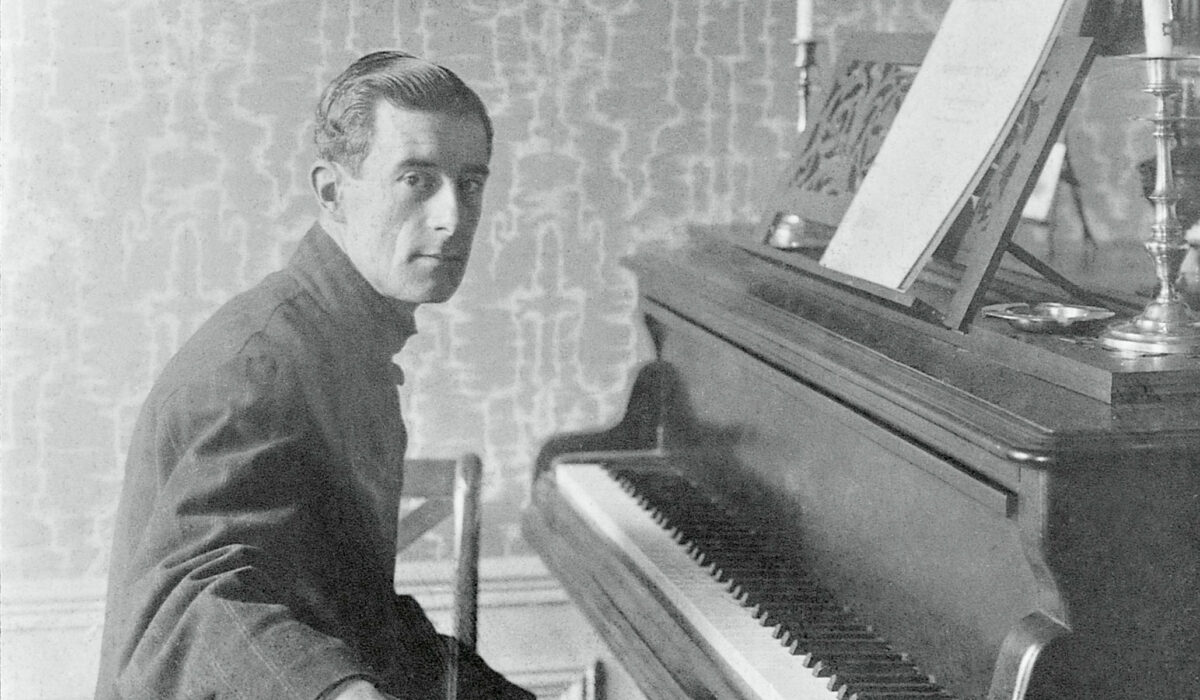Emily Kilpatrick’s Maurice Ravel: Craft, Clarity, and the Composer’s Own Method
British musicologist Emily Kilpatrick’s biography of French composer Maurice Ravel succeeds because it mirrors Ravel’s own approach to work. Kilpatrick treats biography like composition, assembling documents, scores, and anecdotes with the same care Ravel used to shape a phrase. The result feels deliberate, pared-down, and attentive to musical detail.
Ravel’s reputation rests on ruthless refinement and a masterful ear for orchestral color, and Kilpatrick keeps that front and center. She shows how Ravel revised relentlessly, tweaking dynamics, balance, and orchestration until textures spoke as clearly as melodies. That focus on craft gives readers a practical window into how great scores are built.
The book is built in short, focused chapters that avoid sprawling theorizing and favor close reading of primary sources. Kilpatrick leans on letters, drafts, and archival manuscripts to reconstruct creative choices, not to spin romantic myth. Her prose is economical, matching the composer’s preference for economy in musical gesture.
Musical analysis appears but never overwhelms the narrative; she explains what makes Bolero a study in orchestral stamina and why Daphnis et Chloé reshaped ballet sound. There are lucid accounts of piano works like Gaspard de la nuit and of orchestral miniatures where orchestration functions like a color palette. Musicians will appreciate the attention to score-level detail while general readers can follow the logic of each stylistic move.
Kilpatrick also confronts familiar misconceptions without indulging scandal. She reexamines tales about Ravel’s supposed coldness, his rivalry with contemporaries, and the myths around his final years with a skeptical, evidence-first eye. That balance keeps the portrait honest and avoids hagiography.
Performance practice and reception history receive practical treatment rather than abstruse theorizing, which is useful for performers looking to ground interpretation in historical fact. Kilpatrick notes how tempo choices, articulation, and instrument combinations affected early audiences and shaped later standards. These connections help explain why certain traditions of playing Ravel persist.
There are useful discussions of Ravel’s influences, from Spanish idioms to jazz hints, without reducing his originality to borrowing. Kilpatrick maps those currents as ingredients Ravel rearranged into something unmistakably his own. She traces how external sounds entered his toolbox and how he transformed them through structure and orchestration.
At times the book’s discipline can feel restrained; readers seeking sprawling cultural context or extended digressions might want more background on Parisian society or colonial politics. Still, the restraint is also a strength because it mirrors the subject’s aesthetic: clarity over clutter. The book’s economy of language keeps the focus where it belongs.
Kilpatrick’s biography offers a clear, workmanlike perspective that honors Ravel’s methods without turning the composer into a caricature. The approach is steady, evidence-driven, and respectful of musical process, making the book a practical guide to understanding how Ravel made music rather than just a catalogue of myths. For anyone curious about composition as a craft, the book models the same exacting habits it describes.

